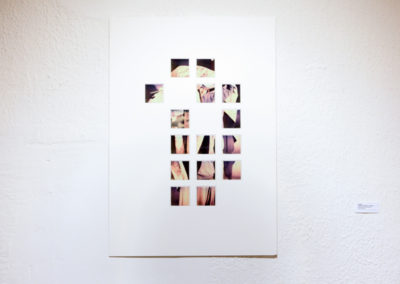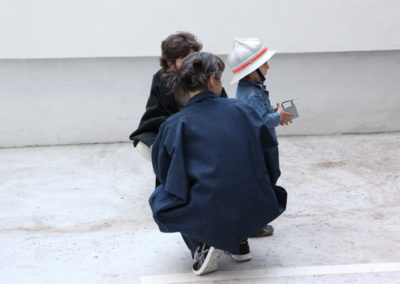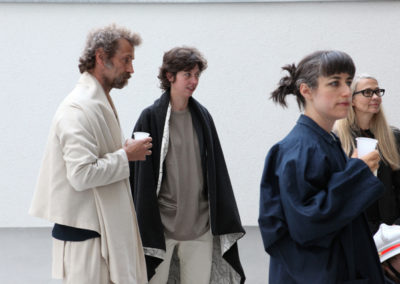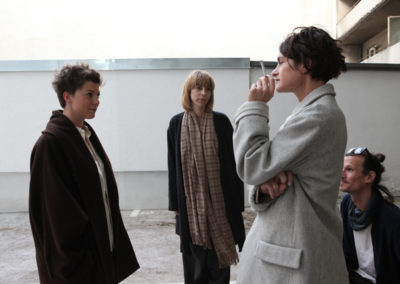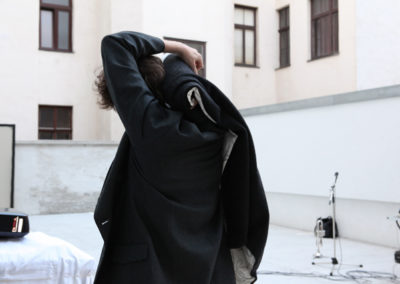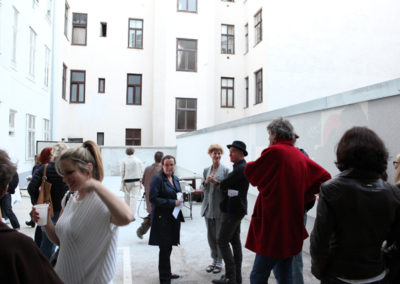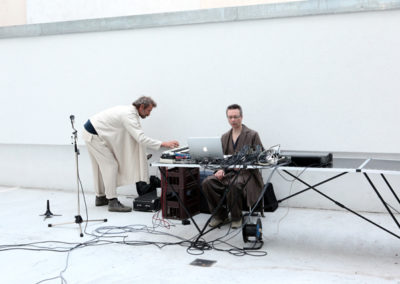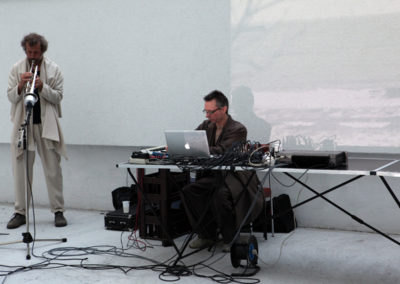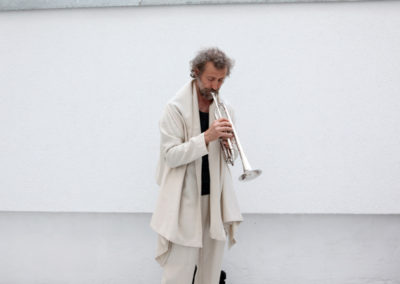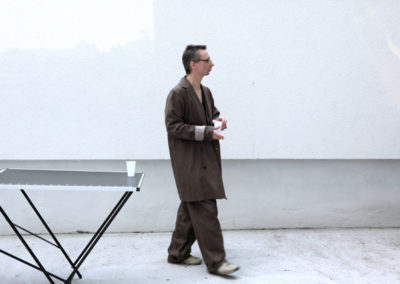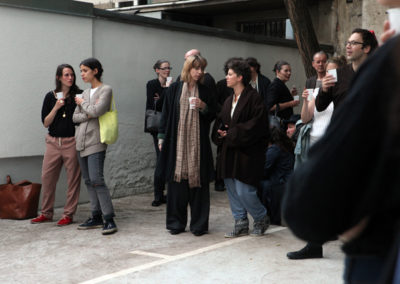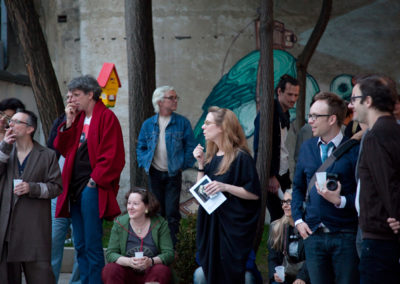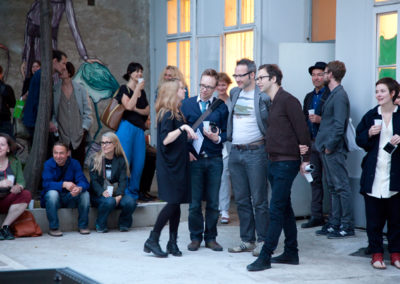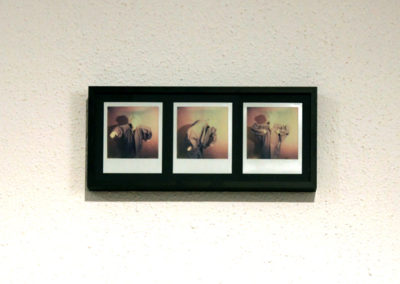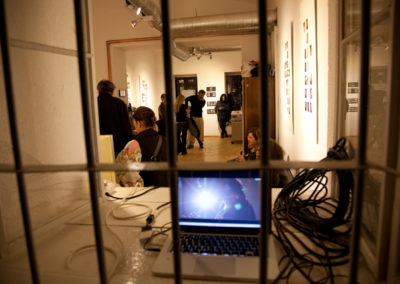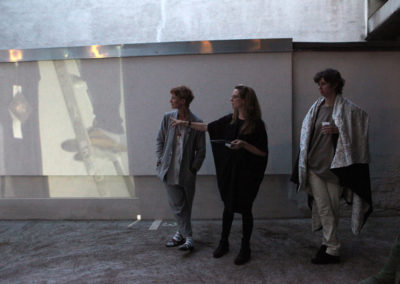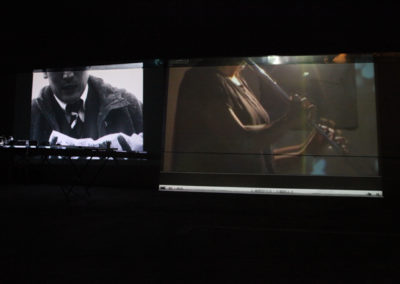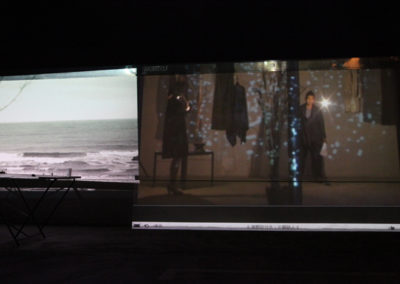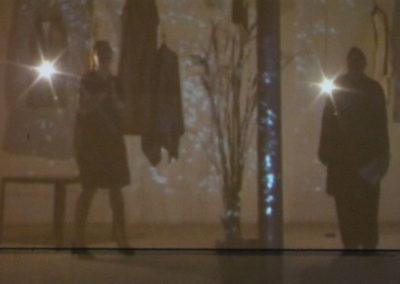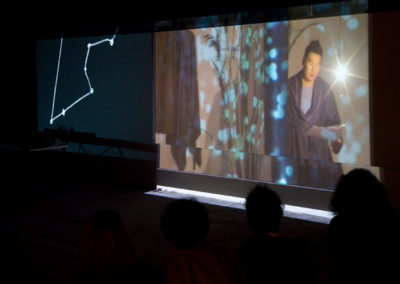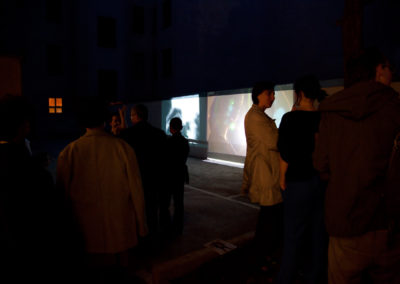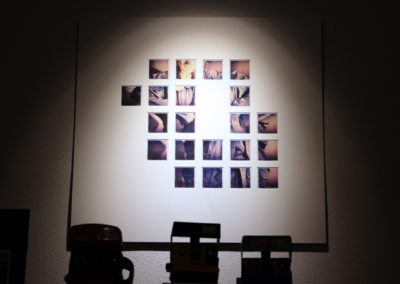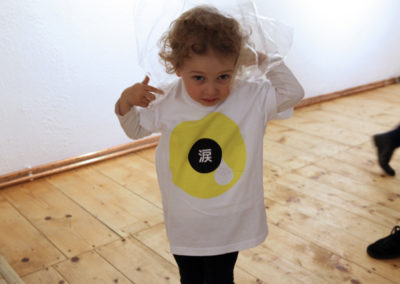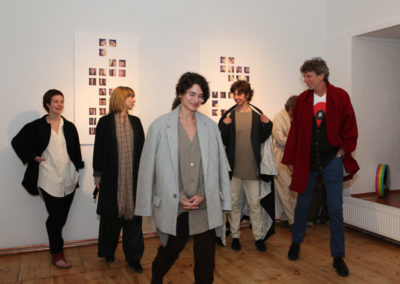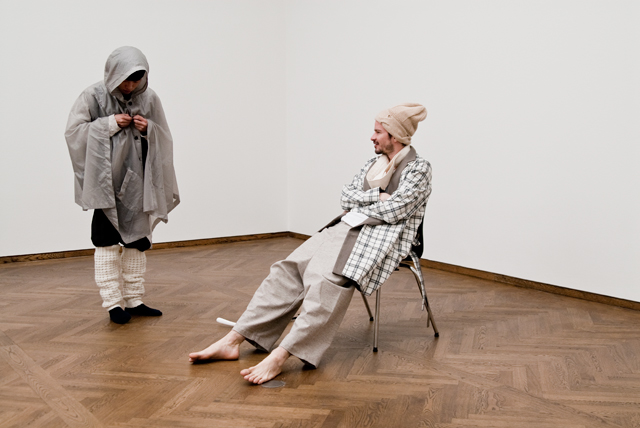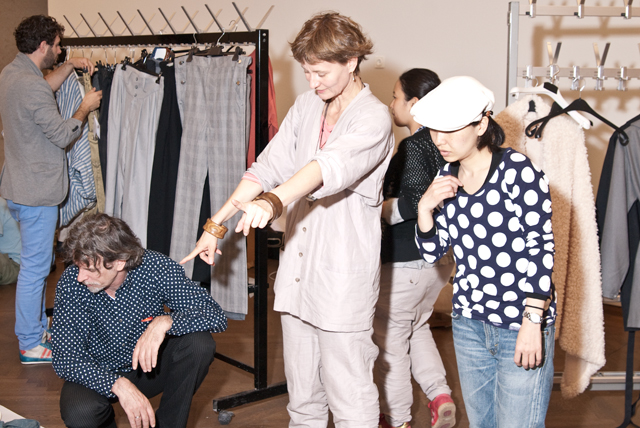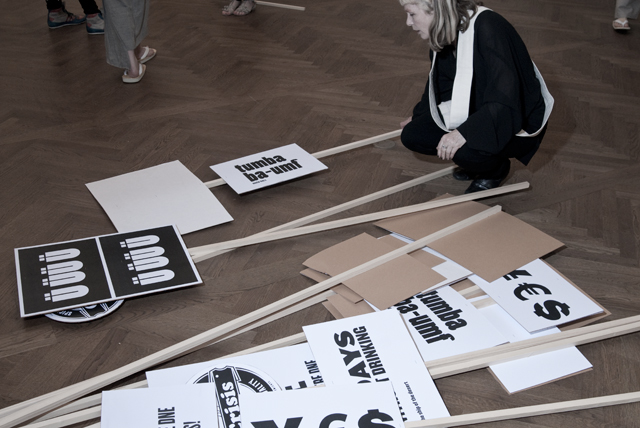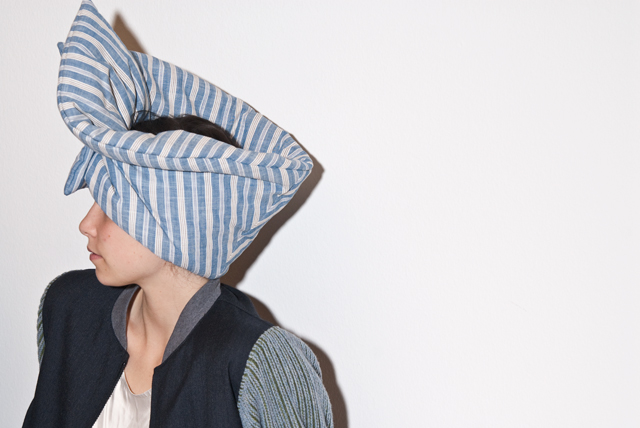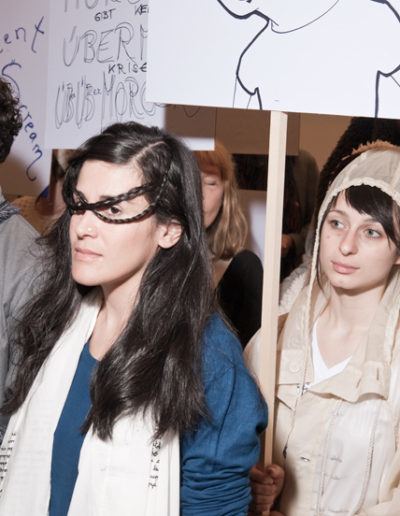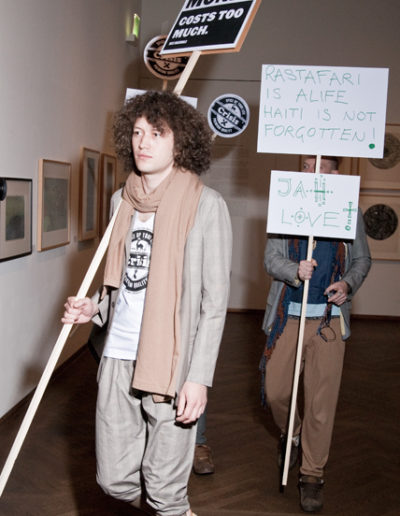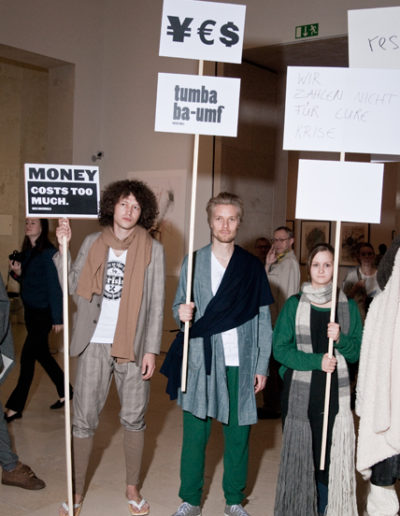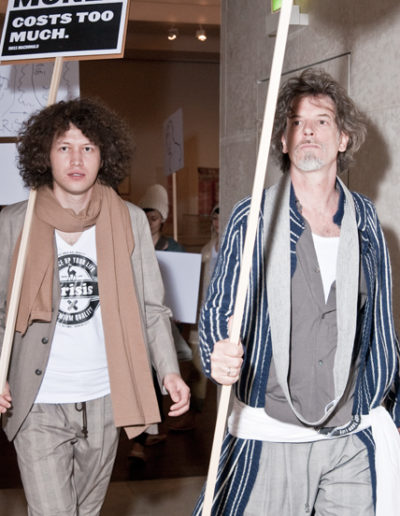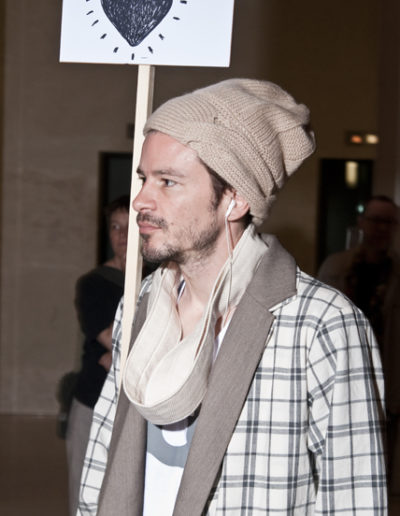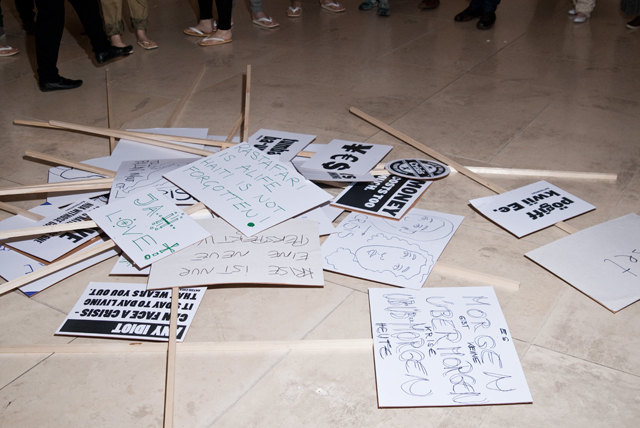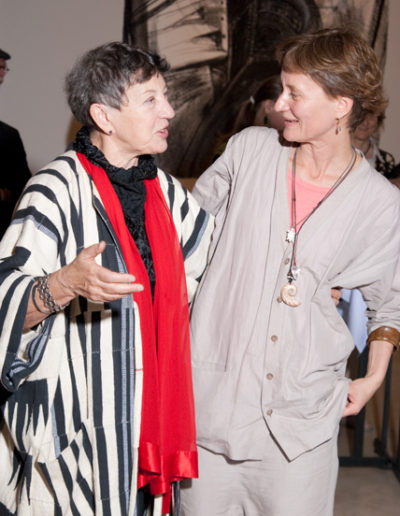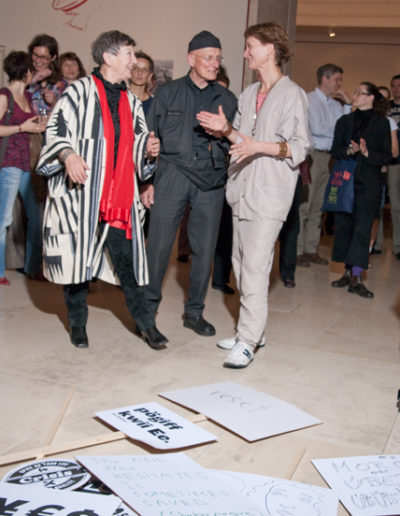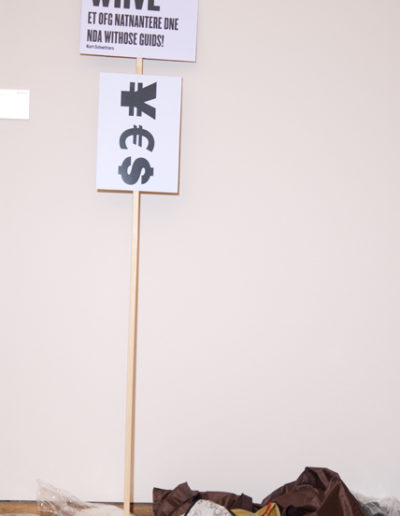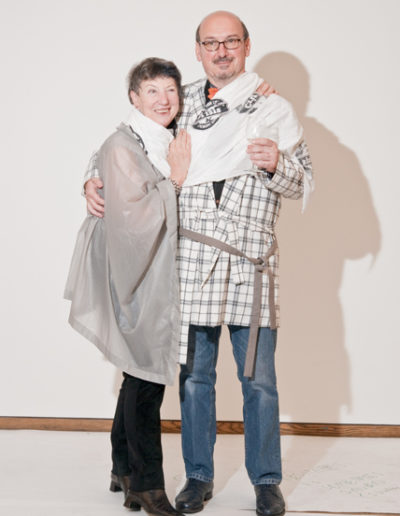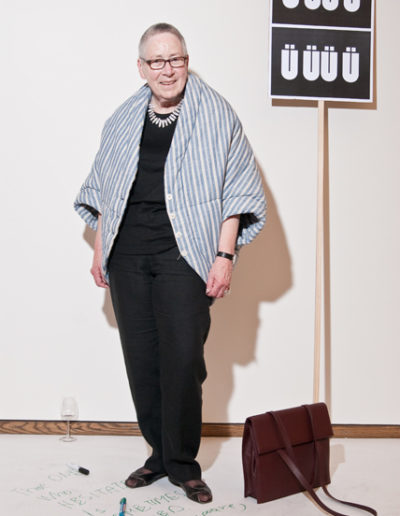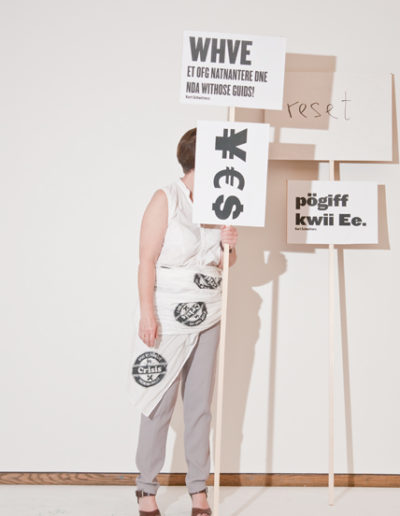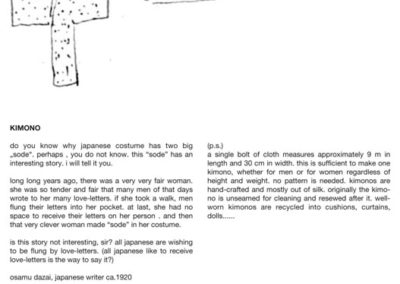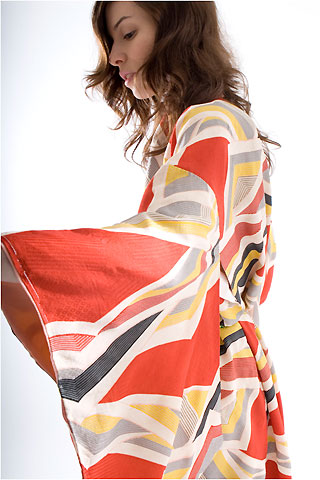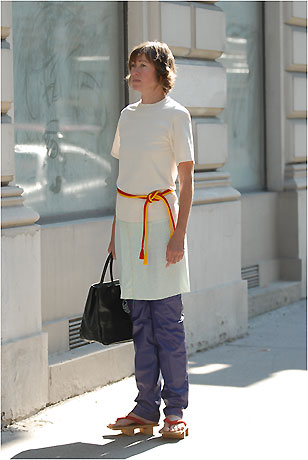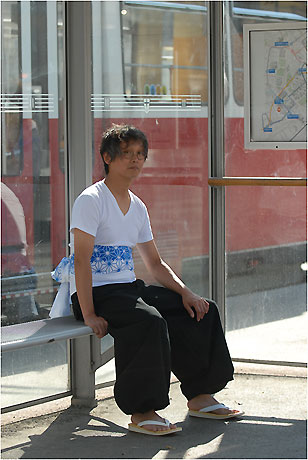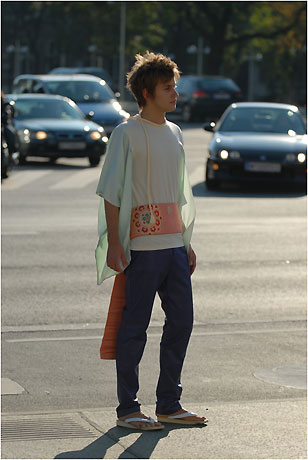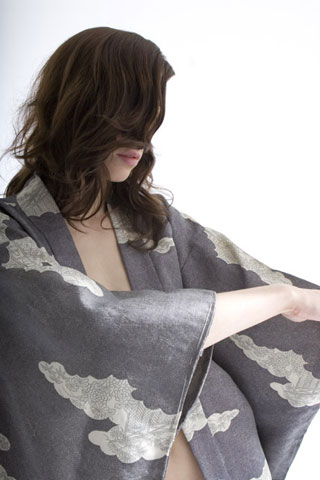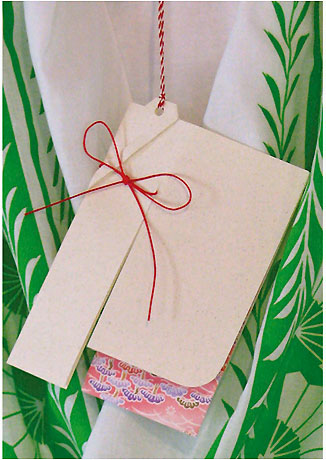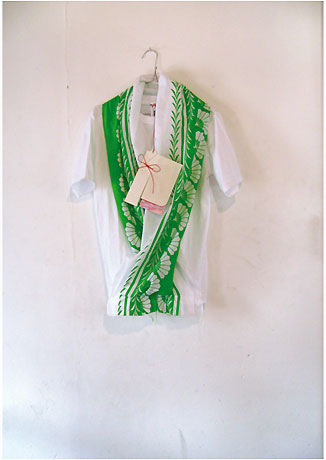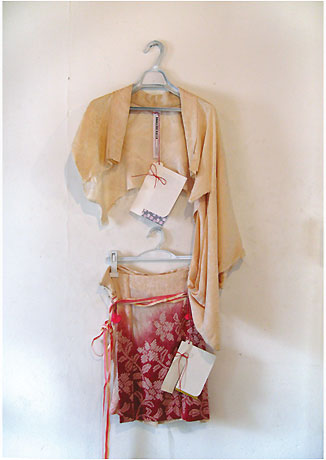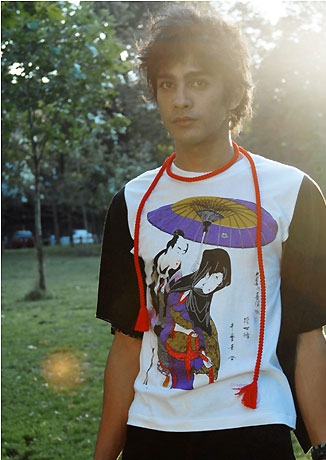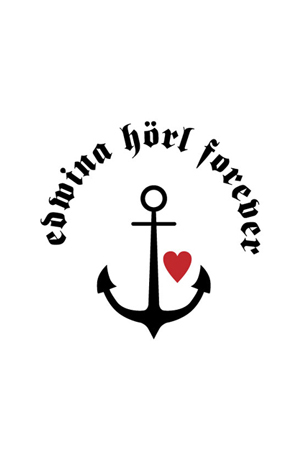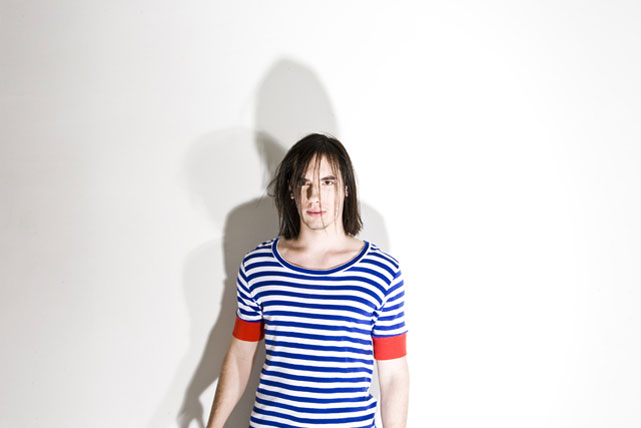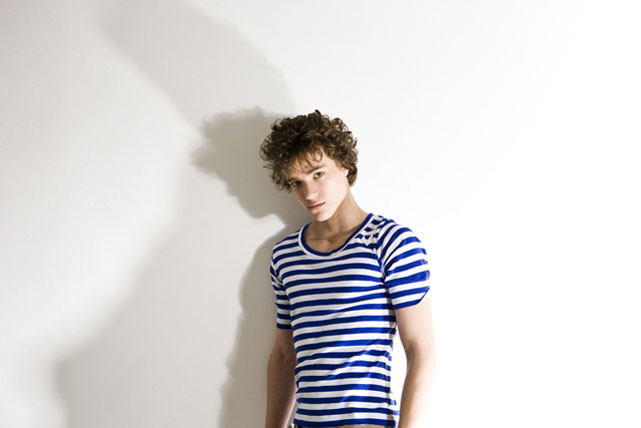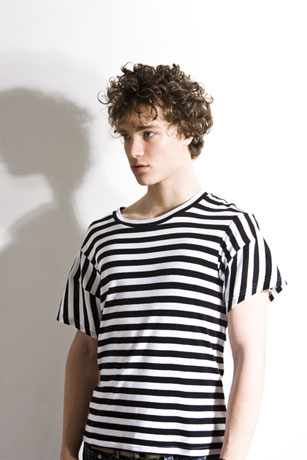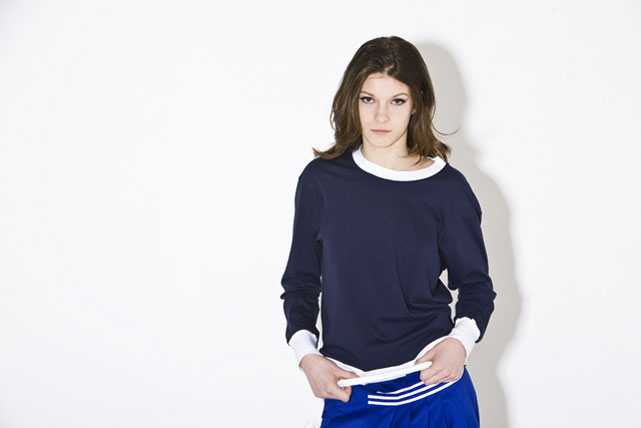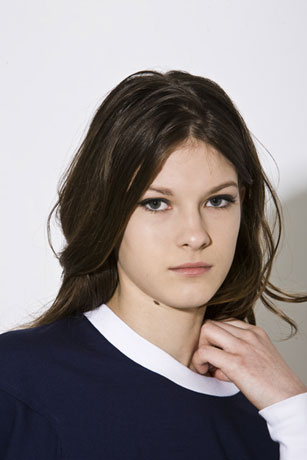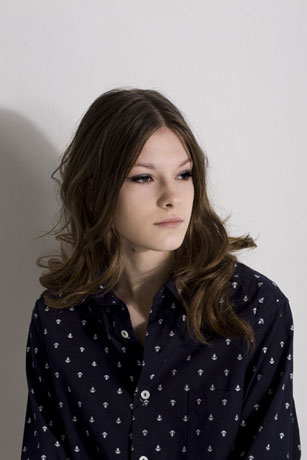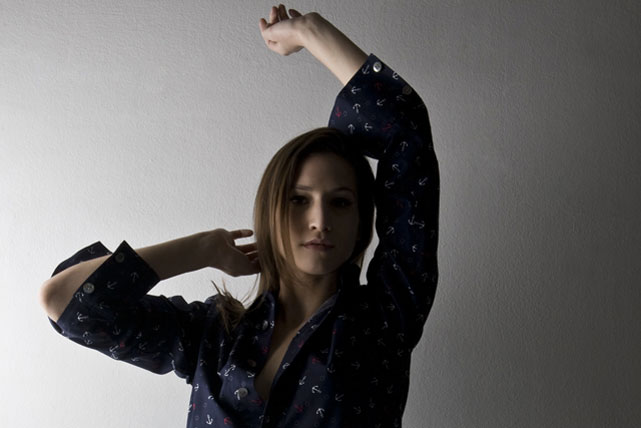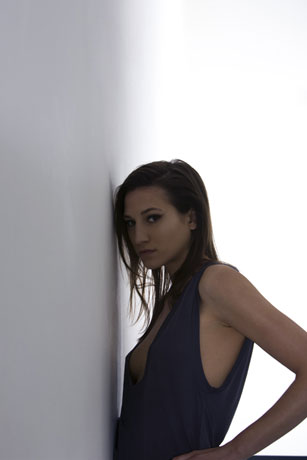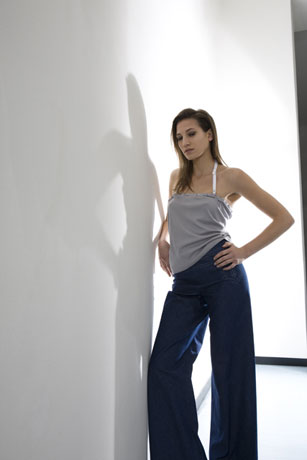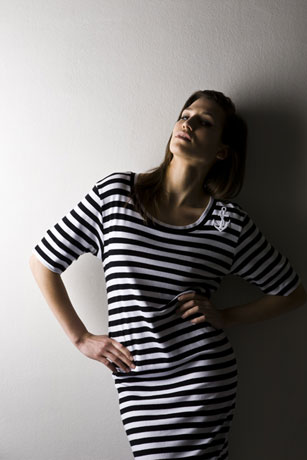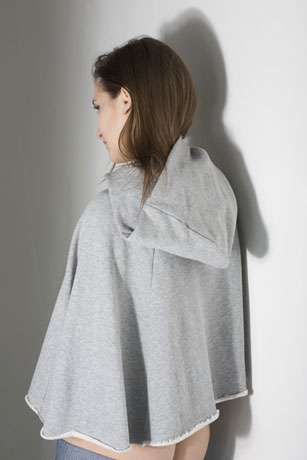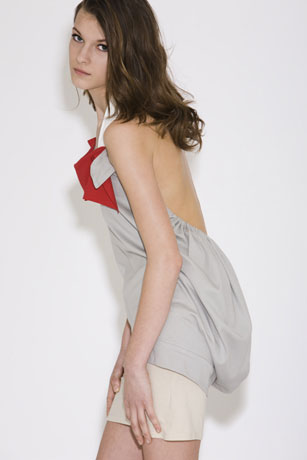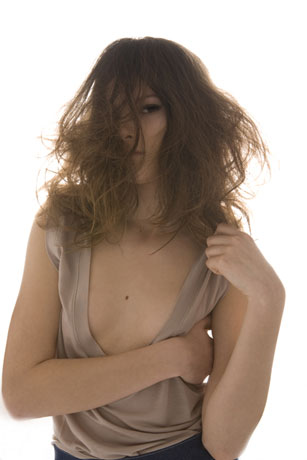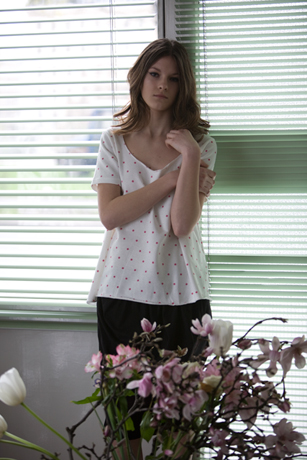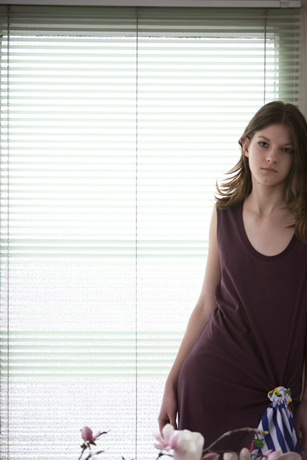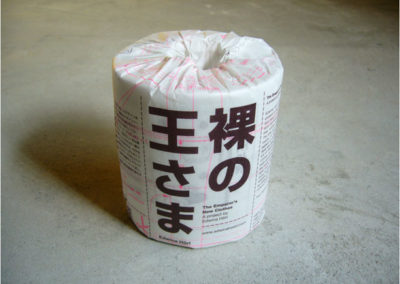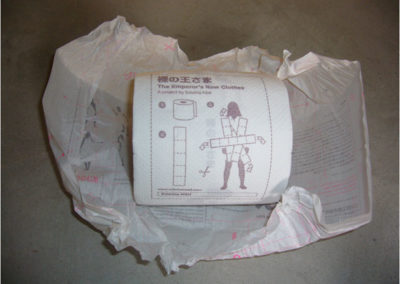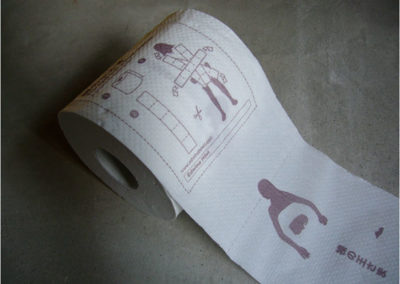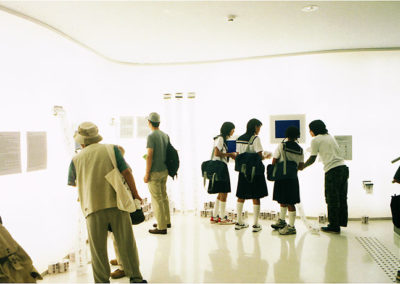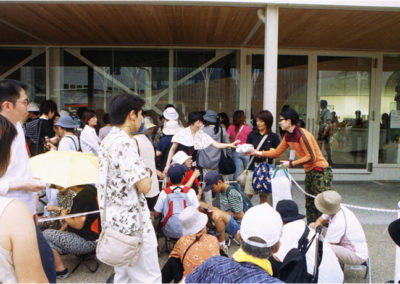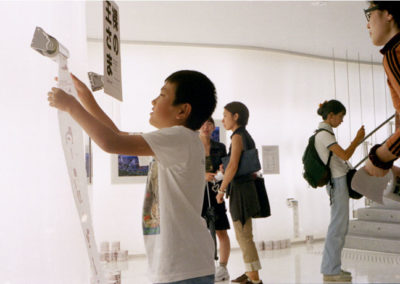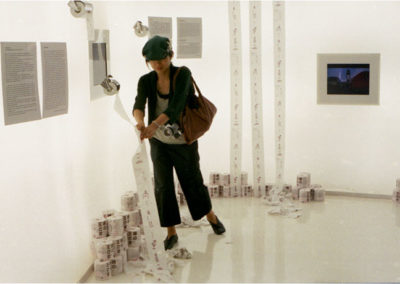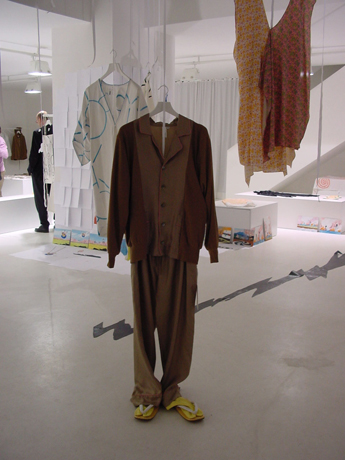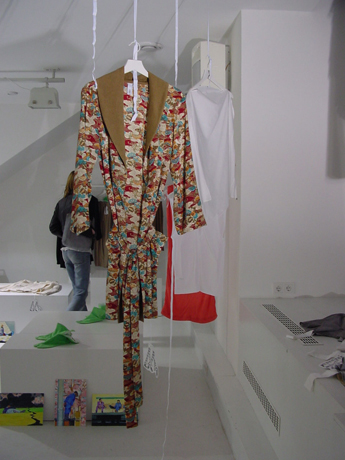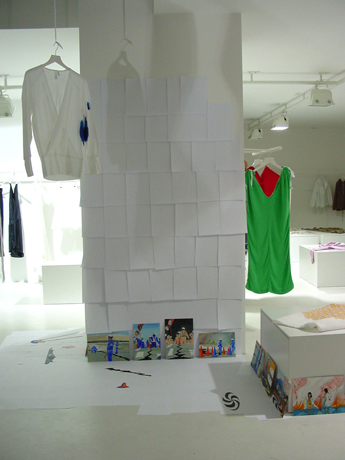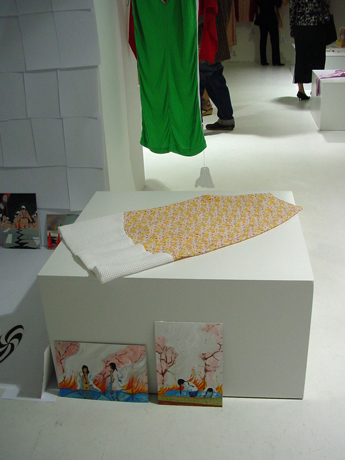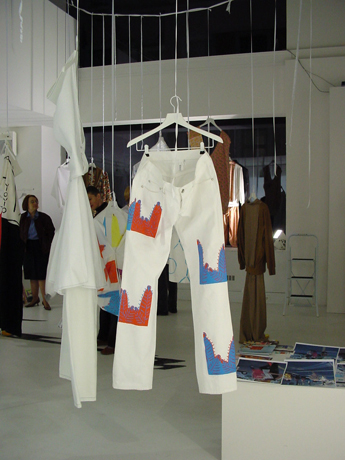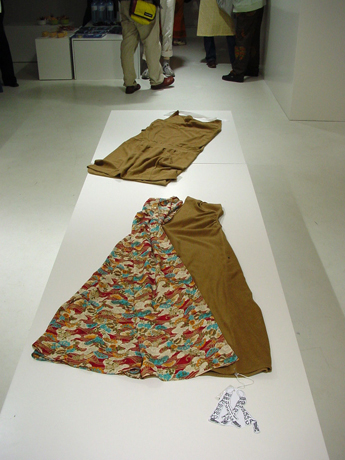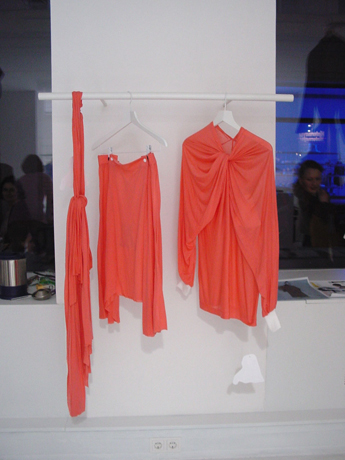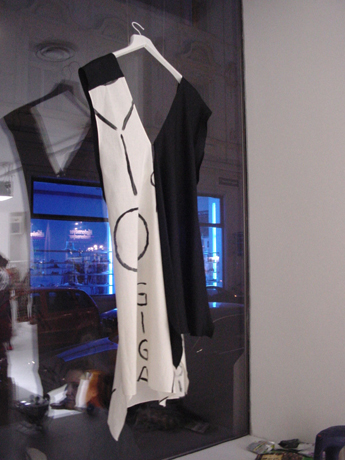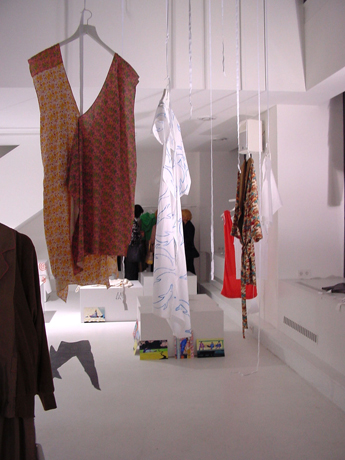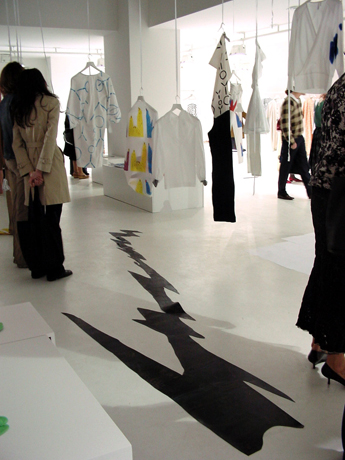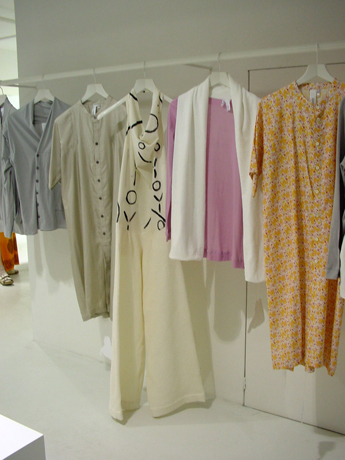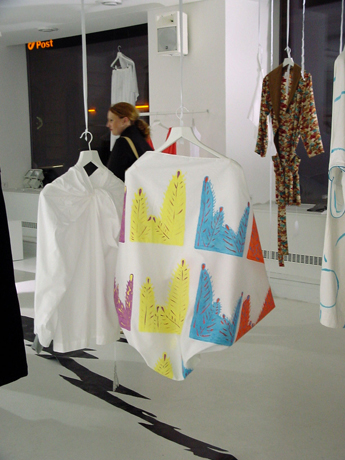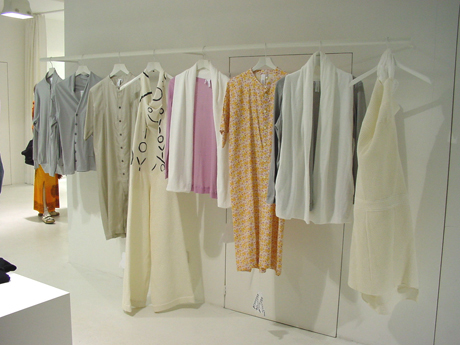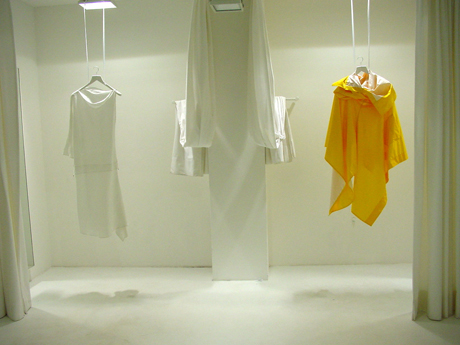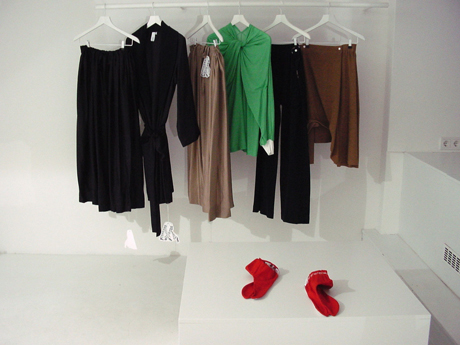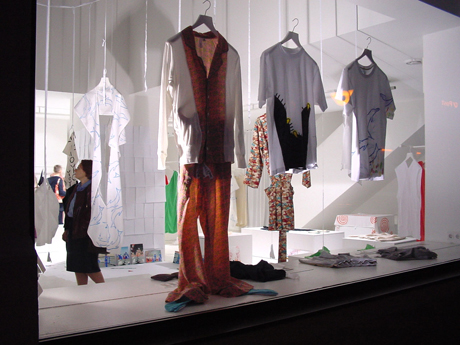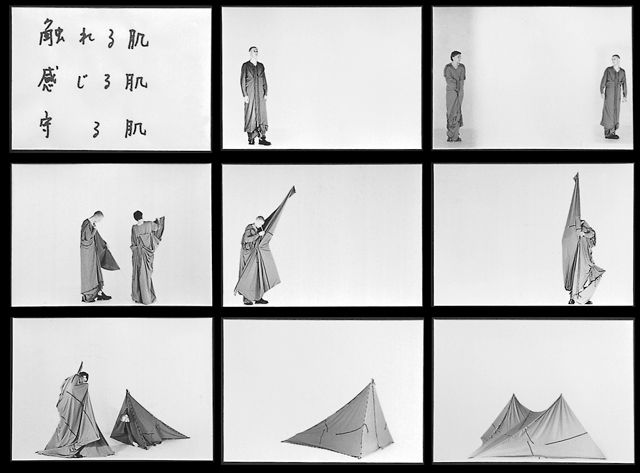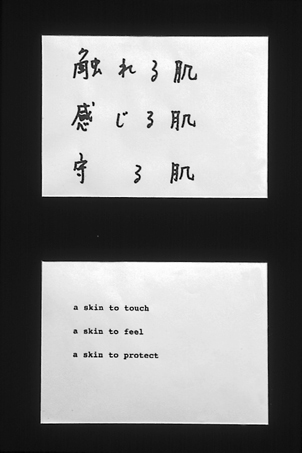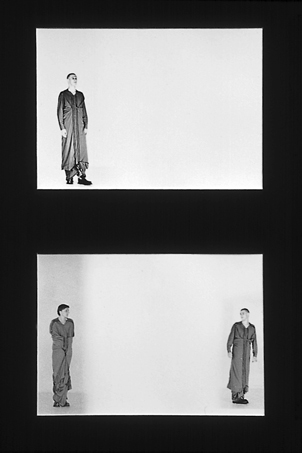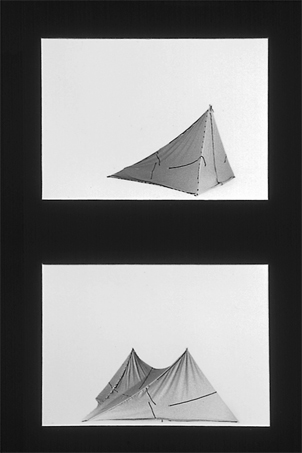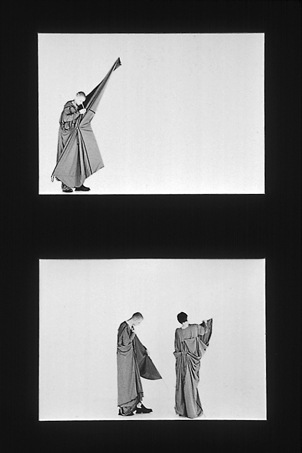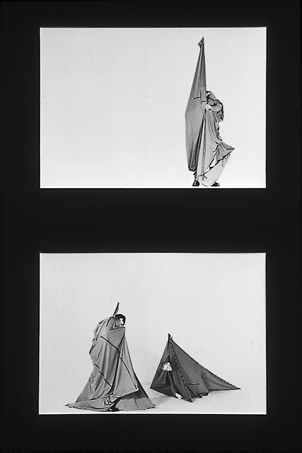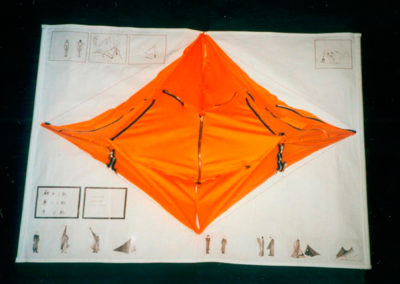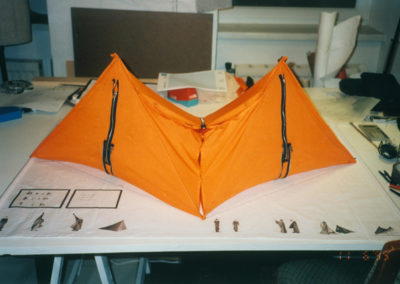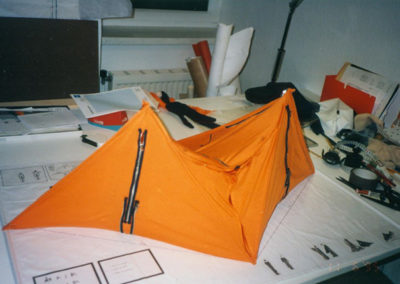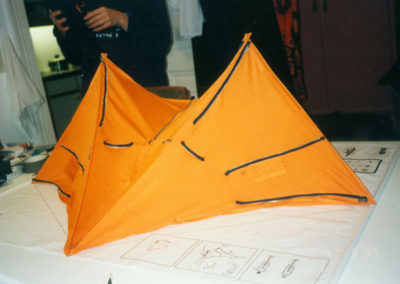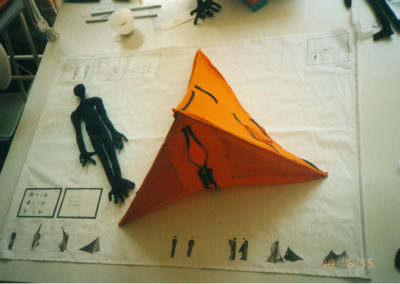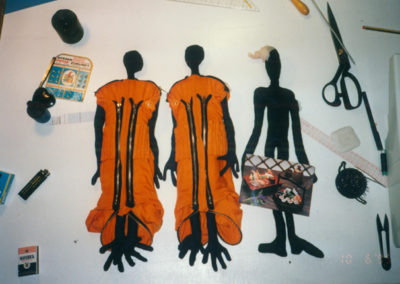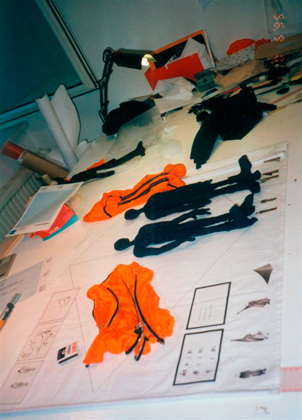涙 – NAMIDA
by Edwina Hörl and Andreas Seibert
The Impossible Project Space Vienna had shown our fashion&photography project on loss and recovery from 29th May until 16th June 2012.
涙 – NAMIDA combines a unique blend of fashion and analog instant photography. This project is created by Edwina Hörl, the Swiss photographer Andreas Seibert and the art directors of so+ba. The choice for Impossible instant film was a purposive one. As a working base with chemical alterations it reflects the transiency tangibles. Back in March 2011, the Tsunami in Japan forcefully confronted us with this transiency of things, destroying the life’s of thousands of people. Our fashion project 涙 – NAMIDA (tears) was especially created for Japan and is dedicated to those people who are still suffering of natural catastrophe’s severe impacts.
» read more in english
EDWINA HÖRL’S FASHION PERFORMANCE
for WABER RETROSPECTIVE AND COMPANIONS at LEOPOLD MUSEUM vienna
Edwina Hörl’s fashion performance was held at Linde Waber’s 70ies birthday and closing party at the Leopold Museum in Vienna. The performance had shown a protest march through the atrium of the museum and was based on the idea of Hörl’s autumn/winter collection 危機 / KIKI / KRISE / CRISIS. The Leopold Museum was featuring the Viennese artist Linde Waber (*1941) with the exhibition „Linde Waber and Companions“ from February until May in 2010.
art direction / sabina muriale
styling / hiromi sugiura
assistance / yuko wakana, mina shimura
live music / klaustaler dirndln (heimo wallner, josef novotny, bernhard breuer)
camera, editing / tomas eller
photography / marcel köhler
KIMONO NO SODE
THE KIMONO’S SLEEVE
project at PARK shop vienna
KIMONO NO SODE <the kimono’s sleeve> presents a remake collection, in the mode of cultural transfer. A reflection on a Japanese sartorial tradition from a European perspective. The title of the collection comes from an essay by the Japanese writer Osamu Dazai, in which the shape of the kimono’s sleeve is explained.
One part of the collection is a remake of t-shirts, modified in 3 categories: “sode” sleeve, “obi” kimono’s belt and “eri” collar.
–SODE: T-shirt sleeves take on a kimono style.
–OBI: Extra fabric around the waistline imitates an “obi”.
–ERI: A simple string adds a kimono’s collar.
In all 3 categories, the attached materials are either antique kimono silk, various “tenugui” traditional prints (Japanese cotton hand towel with a classical size of 36cmX90cm), or a jersey material similar to the t-shirts own material.
The other parts of the collection are antique kimonos, “tobi” pants (typical Japanese working pants) and “sukajams” (short for “Yokosuka jumpers”, Japanese embroidered blouson jackets). Some of the kimonos are disassembled and modified into a different item like a shirt or a skirt. Some of them are presented authentically, just a tag of the collection is added to mark the object (like ready-made/appropriation artwork.)
» download
photography studio / udo titz
photography vienna city / jens preusse
HADAKA NO OOSAMA
THE EMPEROR’S NEW CLOTHES
on toilet paper
project at world expo aichi
Edwina Hörl prints delineations of her collection “the emperor’s new clothes” on loo paper. In reference to the fairy-tale of H.C.Andersen her articles of clothing transform into almost intangible objects. Refusing any material, they outline the vacancy of the bodies of the figures. The play with absence, which could be the absence of reality, or better, the pretence of reality, reflects the aspect of clothes as an image and a carrier of identity. With this ideal cancellation of materiality, labels as carriers of identity also momentarily vanish. The status of clothes as exclusive, unattainable objects of desire is both confirmed, and denied. The discrepancy between of the luxury of an item of fashion, and the same object’s daily use in real life becomes clear. Edwina Hörl, by using loo paper as medium or as agency for her clothes, releases their nonentity. The toilet, as the place where we defecate, will be the stage for the cancellation of our cultural assets – at least for one day.
sabine winkler
» read more in japanese
» read more in german
» hadaka no oosama press brochure
art direction + graphic design / so+ba
photography / seiji shibuya
model / hikaru
LET’S ZIP TOGETHER
Product development for the 7th International Design Competition in Osaka, Japan by Edwina Hörl and Raimund Dickinger. Chosen for the Japan Design Festival Exhibit.
The work is based on the interaction between three elements: skin, clothing and space.
“As we see it these elements are as envelopes within envelopes sharig space and function.” Skin encompassing the organic body, clothes protecting the husk.
“This second envelope can be transformed into the third envelope: space or room in which we may move freely but still remain protected and covered”.
The result is a protective layer/garment/tent that embodies all the metaphorical connotations of Edwina Hörl and Raimund Dickinger’s concept: spaces are zipped together.
model + concept / raimund dickinger, edwina hörl
photos / raimund dickinger

